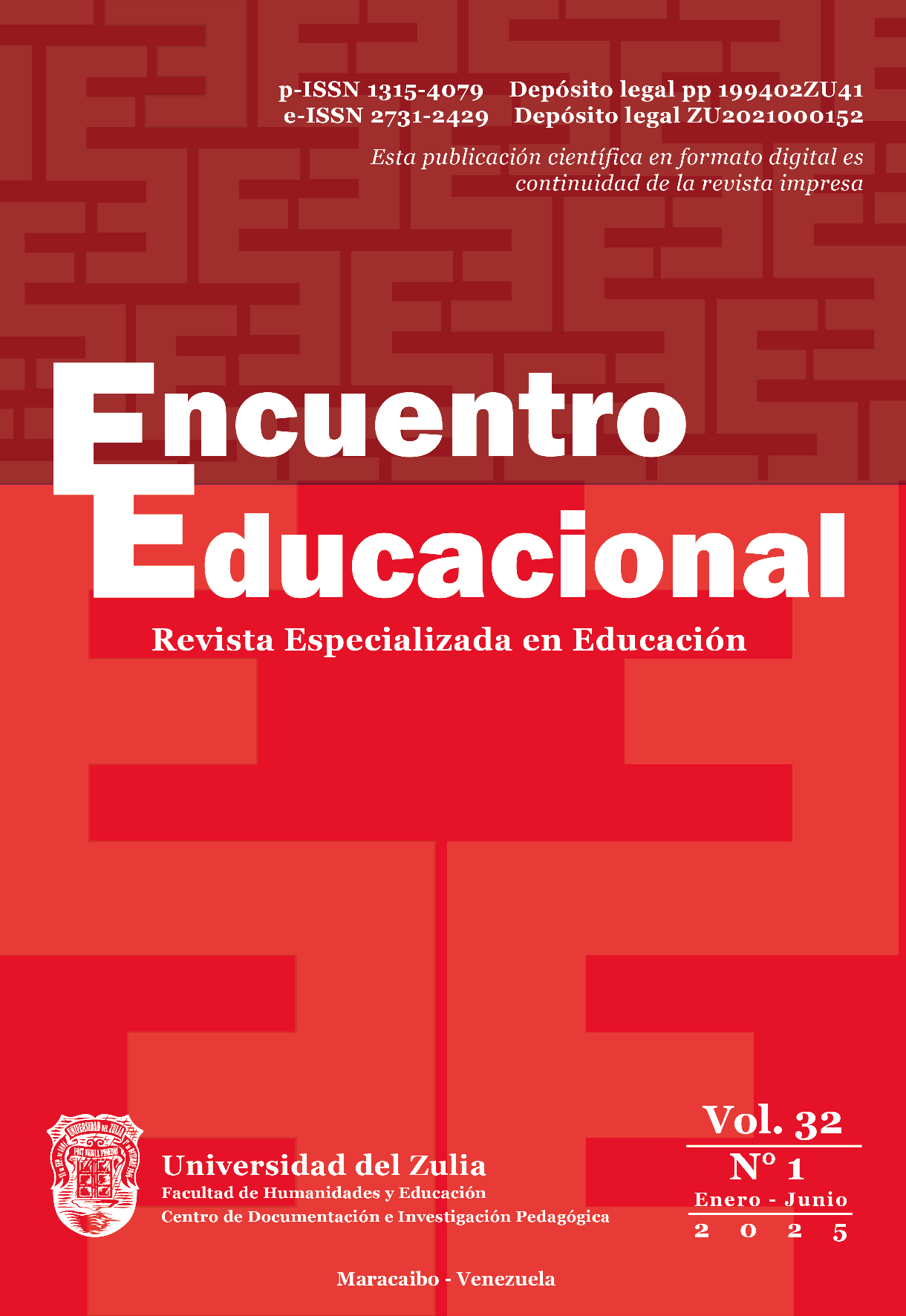Excelia como Herramienta para la Investigación Científica en Escala Likert
Excelia as a Tool for Scientific Research on a Likert Scale
Abstract
Statistical software aims to automate the numerical operations required for the processing and statistical analysis of data from scientific research, using a Likert-based instrument, usually with five response options. The objective of this paper is to describe the different applications for the design, programming, and construction of a digital techno-educational resource with added values to Excel, such as Excelia, to carry out descriptive and inferential statistical processing based on primary data generated from research for the automation of numerical operations. The methodology used was documentary, descriptive, and applied. Excelia was built using some of Excel's own functions, supported by logical functions and mathematical devices. The result is applications that can be combined and customized according to the interests of researchers, teachers, and students, grouped into three categories: statistical calculator, data processor, and instructional resource. Excelia stands out as a tool of interest due to its multiple benefits: Among these are its ability to optimize time and ease of use, as its intuitive design allows the user to easily enter data. Afterward, all that remains is to interpret the results within the theoretical context, which streamlines analysis and decision-making. Thanks to its efficiency and accessibility, it becomes an ideal option for those seeking a practical and effective solution.
Downloads
References
Abdala, L., & Palliotto, M. (2011). Un enfoque constructivista en la enseñanza y el aprendizaje de la matemática para el desarrollo de competencias. Revista REDHECS, 6(11), 91-113. https://dialnet.unirioja.es/servlet/articulo?codigo=4172063
Albornoz, L. (2017). Competencias tecnológicas para potenciar las habilidades lógicas matemática en los estudiantes de educación media general del Municipio Mara [Trabajo de maestría]. Universidad del Zulia.
Aragón, M. (2016). El uso de software estadístico en la investigación social: el riesgo de anteponer una herramienta metodológica al problema de investigación. CEASGA.
Avello, M., & Seisdedo, L. (2017). El procesamiento estadístico con R en la investigación científica. MediSur, 15(5), 583-586. https://www.medigraphic.com/cgi-bin/new/resumen.cgi?IDARTICULO=77573
Buzzo Garrao, R. (2007). Estrategia EE (Excel-Euler) en la enseñanza de la Física. Latin-American Journal Physics Education, 1(1), 19-23. http://www.lajpe.org/sep07/BUZZO_final.pdf
Cáceres, M., Pelcastre, Y., García, O., & González, M. (2025). Las estrategias didácticas del docente y su relación con el aprendizaje significativo en Matemáticas. Revista Mexicana de Investigación e Intervención Educativa, 4(S1), 124-134. https://pablolatapisarre.edu.mx/revista/index.php/rmiie/article/view/155
Carrasquero Cabrera, E. (2023). Excelia: recurso digital tecno-didáctico de valores agregados a Excel. Encuentro Educacional, 30(1), 11-31. https://doi.org/10.5281/zenodo.8083262
Hernández-Sampieri, R., & Mendoza, C. (2018). Metodología de la investigación. Las rutas cuantitativa, cualitativa y mixta. McGraw Hill.
Llamas, J. (5 de marzo de 2023). STATA. Economipedia.
Mena, A., & Restrepo, F. (2018). Enseñanza y aprendizaje de la función lineal: un estudio desde la teoría modos de pensamiento [Trabajo de maestría]. Universidad de Medellín.
Hacer TFG. (11 de mayo de 2022). Síndrome «Todo menos Tesis». https://hacertfg.com/sindrome-todo-menos-tesis/
Raffino, E. E. (23 de abril de 2025). Excel. Enciclopedia Concepto. https://concepto.de/excel/
Rega Armas, D., Guerra Véliz, Y., & Leyva Haza, J. (2021). Los métodos numéricos, el Excel y la Física en la carrera de ingeniería agrónoma. Cuadernos de Educación y Desarrollo, 13(7), 84-98. https://dialnet.unirioja.es/servlet/articulo?codigo=8975882
Roque, R. (2022). La enseñanza de la estadística para la investigación: algunas recomendaciones reflexionadas desde la praxis. Revista Educación, 46(2), 646-656. https://www.scielo.sa.cr/scielo.php?script=sci_arttext&pid=S2215-26442022000200646
TUTFG. (2024). Tipos de software estadístico para utilizar en tu investigación. https://tutfg.es/software-estadistico/


















